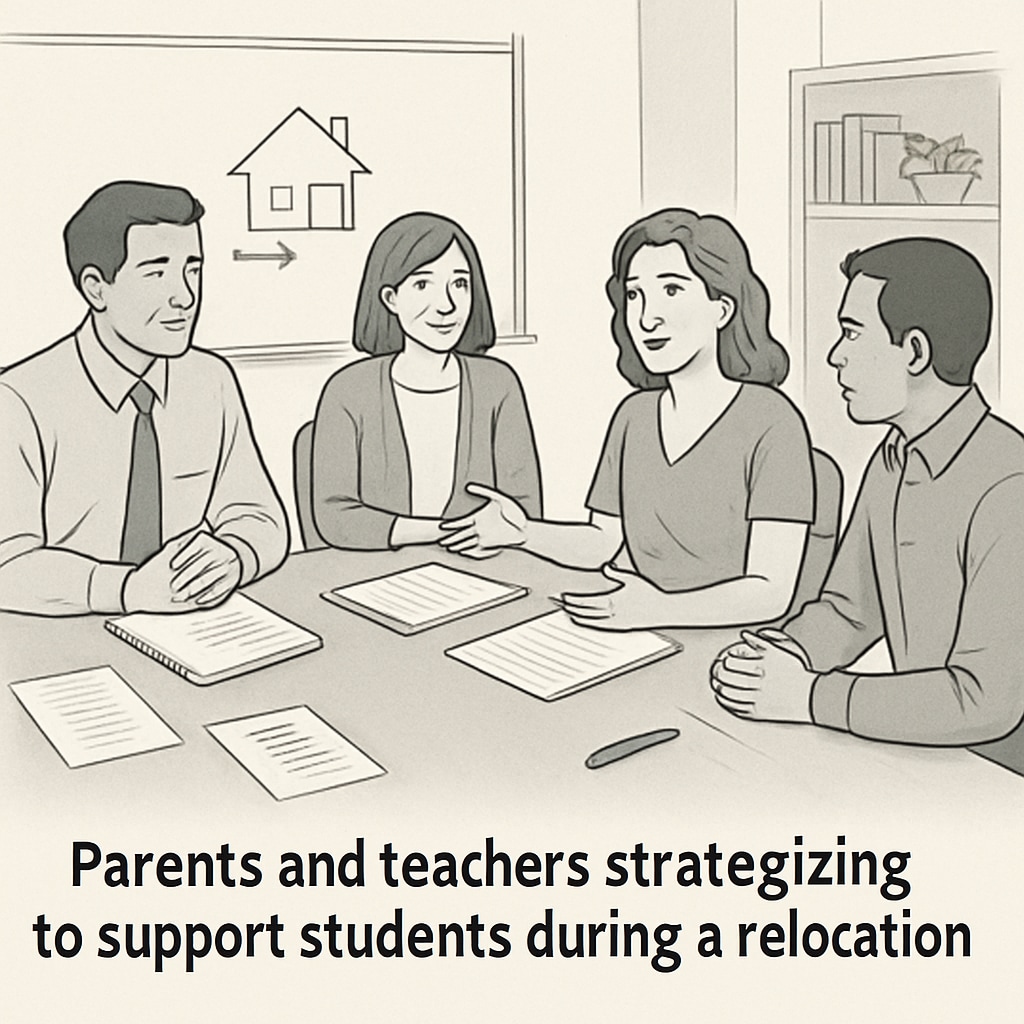Relocating elementary schools to temporary high school campuses can significantly impact young students. Adjusting to a new school environment, especially one designed for older students, can influence their emotional and academic experiences. This article examines the challenges posed by temporary classrooms and emphasizes the importance of parental involvement and school support in ensuring a smooth transition for children.
The Impact of Relocation on Elementary Students
When elementary students are moved to temporary facilities in high school settings, the differences in the school environment can be striking. High school campuses often feature larger classrooms, different social dynamics, and less age-appropriate resources, which may feel intimidating to younger children. For example, playgrounds may be replaced with sports fields, and younger students may share spaces with teenagers, which can create feelings of insecurity or social discomfort.
Such changes can impact children in several ways:
- Emotional well-being: A new and unfamiliar environment can lead to anxiety or stress, particularly for younger students who thrive on routine.
- Social dynamics: Sharing a campus with older students may affect younger children’s sense of belonging and safety.
- Academic focus: Disruptions caused by relocation could impact concentration and overall academic performance.
Understanding these challenges is the first step toward addressing them effectively.

Strategies to Mitigate the Impact
Creating a supportive environment for students during this transitional period requires collaboration between schools and families. Here are some strategies to help children adapt to their temporary school environment:
1. School Initiatives
Schools can take proactive steps to ease the transition for students:
- Age-appropriate spaces: Designate areas specifically for younger children, such as separate playgrounds or classrooms.
- Familiar routines: Maintain a consistent daily schedule to provide a sense of stability.
- Supportive staff: Train teachers and staff to address the emotional needs of students during the transition.
2. Parental Involvement
Parents play a critical role in helping children adjust to changes in their learning environment:
- Open communication: Talk to children about their feelings and experiences at the temporary campus.
- Participation: Volunteer at the school or join parent-teacher associations to stay engaged with the school community.
- Encouragement: Encourage children to view the relocation as an adventure and focus on the positives of the new environment.

Fostering Resilience in Children
While temporary relocations can disrupt routines, they also present valuable opportunities for growth. Adapting to new environments can build resilience and flexibility in children, qualities that will benefit them throughout their lives. By working together, educators and parents can model positive attitudes and create a nurturing atmosphere where students feel supported and confident.
For example, schools can organize team-building activities or peer-support programs to foster a sense of community among students. Similarly, parents can encourage children to embrace new friendships and explore different aspects of the temporary campus. The key lies in reframing the experience as an opportunity for learning and development.
In conclusion, temporary school relocations, while challenging, can be managed effectively through collaborative efforts. By prioritizing the emotional and social needs of students, educators and parents can ensure that children continue to thrive in any environment.
Readability guidance: This article uses short paragraphs and lists to convey key points. Transition words such as “however,” “in addition,” and “for example” are used to improve flow, while passive voice and overly long sentences are minimized.


